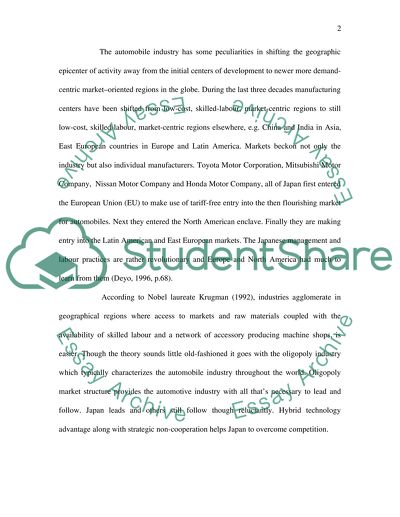Cite this document
(“Shifting Geographies of Production and Consumption Essay”, n.d.)
Retrieved from https://studentshare.org/miscellaneous/1548357-shifting-geographies-of-production-and-consumption
Retrieved from https://studentshare.org/miscellaneous/1548357-shifting-geographies-of-production-and-consumption
(Shifting Geographies of Production and Consumption Essay)
https://studentshare.org/miscellaneous/1548357-shifting-geographies-of-production-and-consumption.
https://studentshare.org/miscellaneous/1548357-shifting-geographies-of-production-and-consumption.
“Shifting Geographies of Production and Consumption Essay”, n.d. https://studentshare.org/miscellaneous/1548357-shifting-geographies-of-production-and-consumption.


